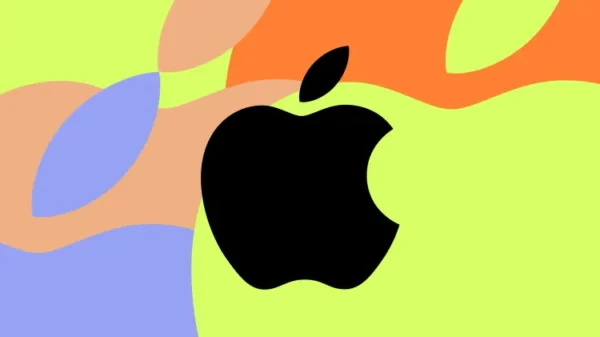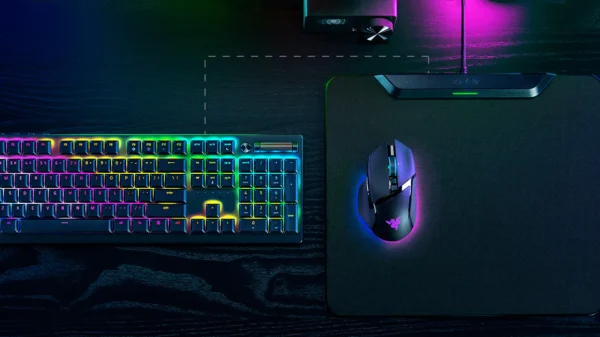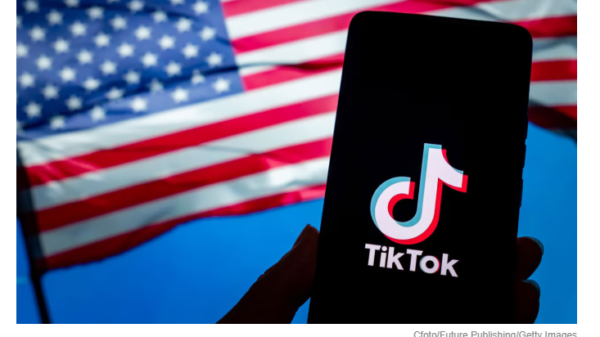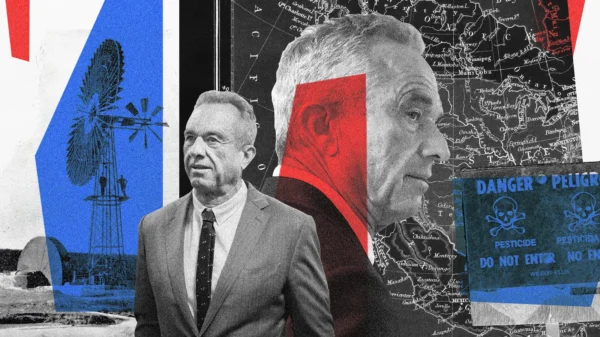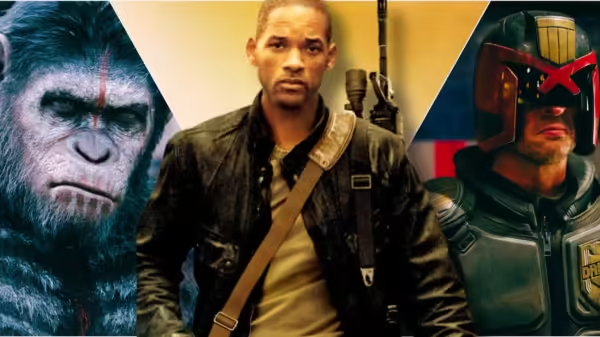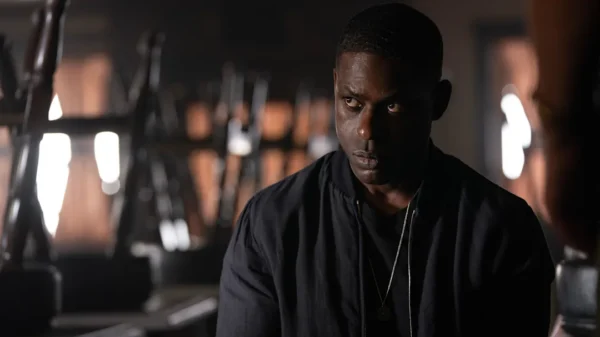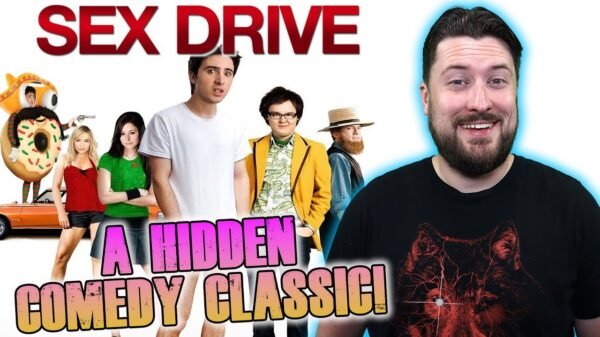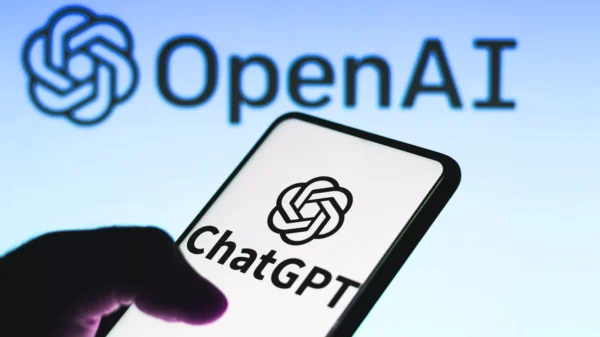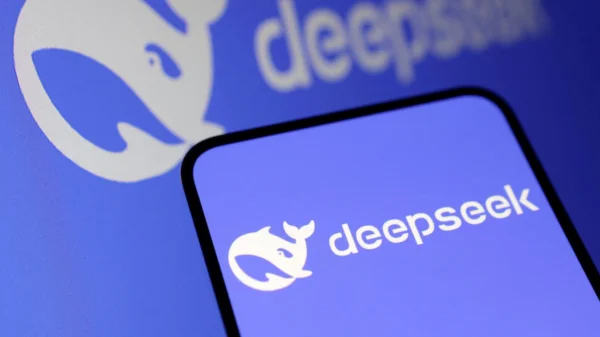The New York Times filed a lawsuit against OpenAI and Microsoft (MSFT.O), alleging that the two companies had used millions of the newspaper’s stories without the journalist’s consent to assist in training chatbots that would deliver information to readers.
The New York Times has made history by becoming the first major media organization in the United States to file a lawsuit against OpenAI, the company that developed the widely used artificial intelligence platform ChatGPT, and Microsoft, an investor in OpenAI and the company that developed the AI platform that is now known as Copilot, for copyright violations related to their respective works.
Writers and other individuals have also filed lawsuits to restrict artificial intelligence firms’ automated gathering of data to scrape their internet material without remuneration.
In its case, submitted to the federal court in Manhattan, the newspaper accused OpenAI and Microsoft of attempting to “free-ride on The Times’ massive investment in its journalism” by utilizing it to create alternate methods of delivering information to readers.
“There is nothing ‘transformative’ about using The Times’s content without payment to create products that substitute for The Times and steal audiences away from it,” according to the publication.
Under the legal theory known as “fair use,” which governs the unlicensed use of intellectual material, OpenAI and Microsoft have said that using copyrighted works to train artificial intelligence systems is “fair use.”
According to the United States Copyright Office, “transformative” uses are those that contribute “something new, with a further purpose or character” and are “more likely to be considered fair.” This information can be found online.
There is no precise sum of damages that The Times is seeking; it is seeking damages expected to be in the “billions of dollars.” Additionally, it desires that OpenAI and Microsoft remove chatbot models and training sets that integrate its content on their respective platforms.
According to the publication, which has been around for 172 years, negotiations with the defendants to keep a lawsuit from being filed and to facilitate “a mutually beneficial value exchange” failed.
“We respect the rights of content creators and owners,” OpenAI declared in a statement sent out via email. “Our ongoing conversations with the New York Times have been productive and moving forward constructively, so we are surprised and disappointed with this development.”
The attempts for comment from Microsoft were not met with a response. Companies that use artificial intelligence to collect information from the internet to train generative AI chatbots have received billions of dollars in funding. The value of OpenAI is estimated to be $80 billion.
Investors have assigned OpenAI a valuation of more than $80 billion. Microsoft has invested $13 billion in a for-profit subsidiary of OpenAI, equivalent to a 49% share. OpenAI’s parent organization is a nonprofit organization.
In addition, novelists such as David Baldacci, Jonathan Franzen, John Grisham, and Scott Turow have filed lawsuits against OpenAI and Microsoft in the federal court in Manhattan, claiming that artificial intelligence systems may have appropriated tens of thousands of their novels.
Sarah Silverman, a comedian, along with several other authors, filed a lawsuit against OpenAI and Meta Platforms (META.O) in San Francisco in July, alleging that the latter had “ingested” their works, including Silverman’s book “The Bedwetter,” which was published in 2010. Most of the time, a court dismisses the lawsuit in November.
The Times launched this action seven years after the United States Supreme Court declined to reconsider its decision to renew a challenge to Google’s (GOOGL.O) digital library, which contains millions of books.
A federal appeals court determined that the library’s provision of readers with access to text excerpts constituted fair use of the works of those who had written them.
He is a corporate law and ethics professor at the Georgia Institute of Technology. “OpenAI is giving the copyright industry a second bite at control,” said Deven Desai, a Georgia Institute of Technology professor.
Desai stated, “It is in the outputs that it matters.” The fact that OpenAI has modified its products in response to copyright concerns is one of the factors that makes it difficult to determine the extent of the company’s responsibility. At this point, a court can decide that the outputs it has produced are sufficient to establish responsibility.
Chatbots have made it more difficult for large media companies to acquire and keep readers, but the Times has done better than most other media companies.
At the end of September, The Times reported that they had 9.41 million digital-only members, an increase from 8.59 million a year earlier. On the other hand, the number of print subscribers decreased from 740,000 to 670,000.
Ads provide around twenty percent of the Times’s money, while subscriptions account for over two-thirds of the revenue.
The term “MISINFORMAGE”
The Times’ complaint detailed numerous instances in which chatbots created by OpenAI and Microsoft gave readers nearly exact snippets of the newspaper’s stories.
One of them was a series awarded the Pulitzer Prize in 2019 and focused on predatory financing in the taxi business in New York City. Another was a review that food critic Pete Wells wrote in 2012 on Guy Fieri’s Guy’s American Kitchen & Bar, which has since closed down and became a viral hit.
According to The Times, this type of violation poses a danger to high-quality journalism since it lessens the perceived need that readers have to visit the website, reducing traffic and potentially cutting revenue from advertising and subscriptions.
Additionally, it was said that the chatbots used by the defendants made it more difficult for readers to differentiate between reality and fiction, including instances in which their technology incorrectly credits material to the newspaper.
According to articles published in The Times, ChatGPT once made a mistake by attributing two suggestions for office chairs to the Wirecutter website that reviews products.
According to the Times, this phenomenon is referred to as a “hallucination” in artificial intelligence. “In plain English, it’s misinformation.”
“The use of our work to create GenAI tools must come with permission and an agreement that reflects the fair value of that work, as the law provides,” Diane Brayton, the general counsel for the Times, stated in an internal note to the staff that the newspaper acknowledged the promise of generative artificial intelligence for journalism.
No. 23-11195 is the United States District Court case number for the Southern District of New York, New York Times Company v. Microsoft Corporation, et al.


